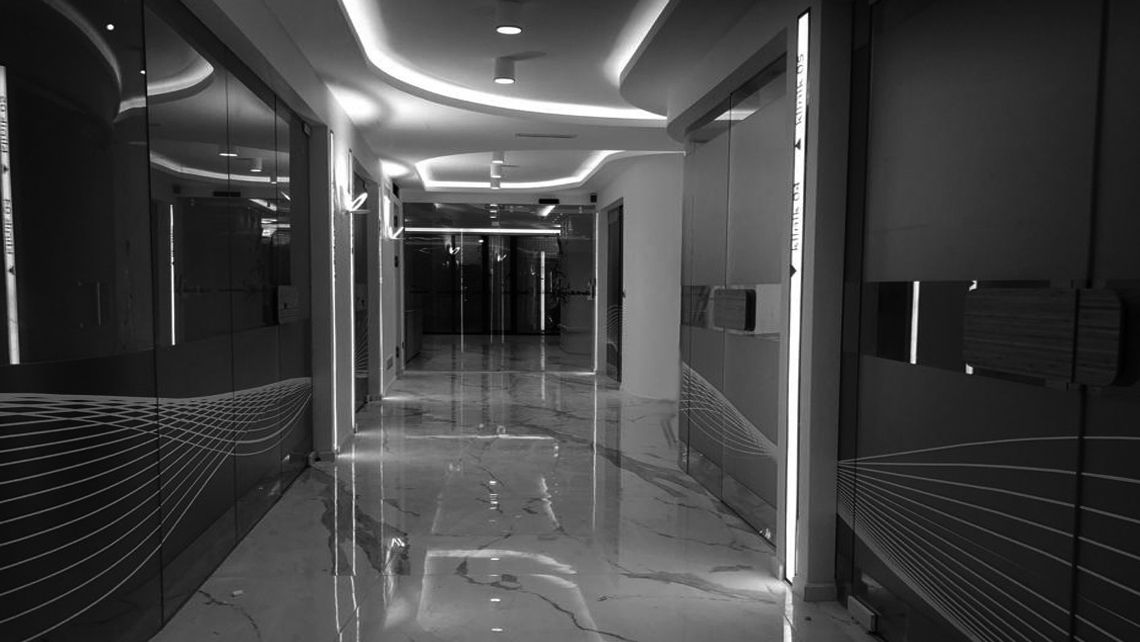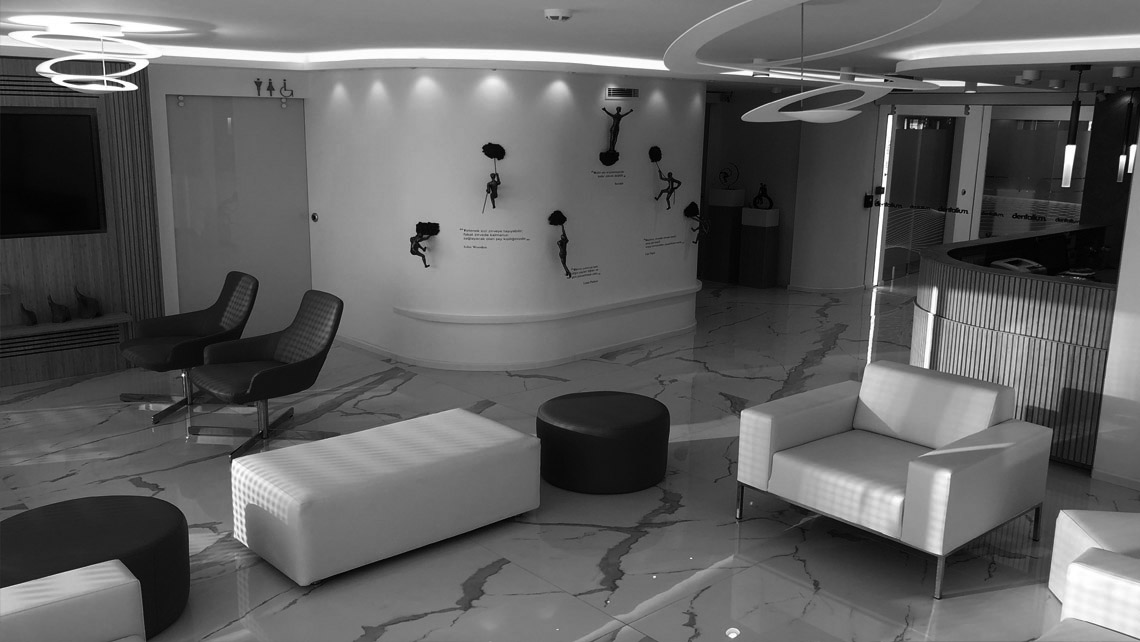AESTHETIC DENTISTRY
Dental Aesthetics
QUESTION & ANSWER
- PHILOSOPHY OF AESTHETICS
-
Aesthetics, an ancient Greek word, means sensing, perceiving. Aesthetics is the philosophy of beauty. It is the activity of thinking about beauty and researching what it is. Aesthetics, in the 18th century
It was founded by Baumgarten (1714-1762). Although aesthetics has a history of two hundred years as an independent philosophical discipline, in fact, it is the first discipline to deal with aesthetic problems.
going back as far back as the primordial times.
According to Plato, beauty is an idea, and since it is an idea, it is an absolute being outside time and space. Plato calls such beauty "spontaneously beautiful". For Plato, the sphere of existence we live in is incomplete and imperfect. Beauty, which belongs to the world of the ideal, gains an image in a work of art. The more art takes its share from the ideal of beauty, the more beautiful it becomes.
According to Aristotle, beauty is harmony, proportion and order. Therefore, nothing that lacks proportion can be beautiful. As can be understood from this, Aristotle explained beauty in mathematics.
According to Baumgarten, the founder of aesthetics, beauty is the perfection of sensory knowledge. According to Benedetto Croce, beauty is a form that gives happiness. As can be seen, philosophers have made different interpretations about beauty. However, what they all have in common is that beauty is seen as a value that affects people positively. - AESTHETIC DENTISTRY
- In dentistry, with the increase in the average life expectancy, the expectations of individuals in terms of aesthetics and comfort are increasing. Teeth play a major role in the beauty and aesthetic criteria of the facial area. and an aesthetic smile has become an important concept for individuals.
- DEVELOPMENT OF AESTHETIC DENTISTRY
- In recent years, dentistry has kept pace with the technological developments in all fields and it has been possible to obtain restorations close to natural with positive results in material development. Again, with the advancement of digital dentistry, smile designs can be made in advance, the form, size and material properties of the restorations to be created can be designed in advance and as a result The ability to produce an exact reproduction of the designed restorations has been one of the most important steps in this regard. All prosthetic restorations to be made today are now based on the philosophy of aesthetic dentistry is realized in the light.
- WHEN DO I NEED A RESTORATION?
-
• In the presence of a missing tooth
• In advanced structural discoloration and staining of teeth
• Disturbances in the form and position of the teeth (too worn or too spaced)
• Teeth appear more or less than they should
• Gums appearing too much during laughter (gummy smile)
• In case of complaints about the appearance of existing old restorations
may need a new restoration or a new smile design. - CARE AFTER IMPLANT TREATMENT
- After the completed implant-supported prosthetic treatment, individual oral and dental care should be taken with due care and regular check-ups should be made to the dentist at 6-month intervals in order to use the implants for many years without any problems.



